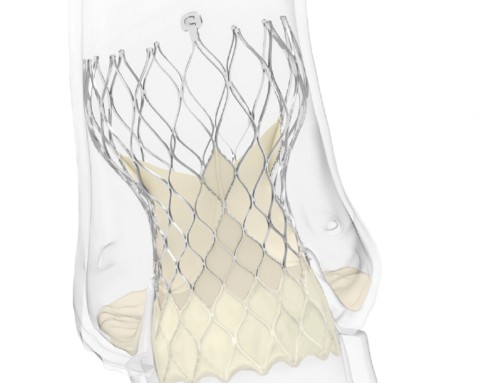
Saket Girotra
A review of data from Veteran Health Administration shows that there was a temporal increase in the use of revascularisations for the management of critical limb ischaemia between 2005 and 2014. This increase correlated with a reduction in both mortality and major amputation during the same time period. However, contrary to data for non-veteran association patients, the new data did not indicate a shift towards endovascular revascularisation strategies.
Amgad Mentias (University of Iowa Carver College of Medicine, Iowa City, USA) and others write in Circulation: Cardiovascular Interventions that prior studies of non-veteran patients have already shown a temporal increase in both the use of revascularisation and the use of statin therapy for the management of critical limb ischaemia, and these trends have been linked to a reduction in mortality. “However, contemporary studies of critical limb ischaemia incidence, clinical management, and outcomes among veterans remain limited,” the authors report. The senior study author Saket Girotra (University of Iowa Carver College of Medicine, Iowa City, USA) told BIBA Briefings via email that there is a general lack of research on peripheral arterial disease among veterans. He noted that “we do not know with any degree of certainty how common peripheral arterial disease is among veterans”. “How does peripheral arterial disease affect veterans’ health status and quality of life both in the short-term and the long-term? And are veterans with this condition being appropriately managed? If not, what are the barriers and how can we improve care?” he adds.
Therefore, the team reviewed data from the Veterans Health Administration to provide further information in critical limb ischemia, which represents an advanced stage of peripheral arterial disease. They identified data for 20,938 patients (mean age 67.8 years; range 40–100 years) who were admitted to a Veterans Affairs (VA) facility with a diagnosis of critical limb ischaemia between 2005 and 2014 (fiscal years). Overall, the incidence of critical limb ischaemia was 0.25 per 1,000 enrolees. The authors report that across the study period, there was a “modest” decrease in the incidence of critical limb ischaemia: 0.3 per 1,000 enrolees to 0.24 per 1,000 enrolees (p<0.01).
The authors note: “There was a significant temporal increase in the overall use of revascularisation at 90 days (41.4% in 2005 vs. 57.9% in 2014; p<0.01 for trend) and this trend was consistent across all modalities [surgery, endovascular, and hybrid] as well as revascularisation during hospital stay.” Furthermore, between 2005 and 2014, risk-adjusted 90-day mortality decreased: 11.8% in 2005 and 9.4% in 2014 (p<0.01). Both revascularisation and statin use (which also increased) were strongly associated with a lower risk of 90-day mortality; revascularisation was also associated with reduced rates of major amputation at 90 days.
The authors found that surgery was the primary method of revascularisation: 25.4% vs. 14.9% for endovascular vs. 9.2% for the hybrid approach. They note that although the ongoing BEST-CLI trial is evaluating the optimal revascularisation approach, “endovascular techniques provide a lower risk option for revascularisation in patients with critical limb ischaemia”. Furthermore, they observe their findings are in “sharp contrast” to non-VA studies that have “demonstrated a general shift in revascularisation towards an endovascular approach”. Girotra comments: “The suitability of treatment depends on several factors such as the extent and complexity of vascular disease, the availability of conduits, potential for wound healing, patient preference as well as availability of appropriate expertise. Our study did not capture these data to inform us about the reasons for this divergent pattern of care. There is currently equipoise between endovascular therapy and surgical revascularisation as treatment options for critical limb ischaemia and, thus, the result of BEST-CLI are eagerly awaited.”
The study also found more than four-fold variation in the use of revascularisation across the sites and differences in patient factors could only account for less than 10% of this variation. The authors comment that they could not determine, with the current analysis, if these differences were because of differences in speciality expertise or in the number of available operators. Therefore, future studies are needed. “Given the strong association of revascularisation with patient outcomes, the findings highlight an urgent need to develop processes for ensuring that patients with critical limb ischaemia receive care from specialists with expertise in critical limb ischaemia management,” they say.
The authors conclude: “Further studies are needed to examine the reason of low use of endovascular revascularisation in VA hospitals compared with surgical revascularisation.”





